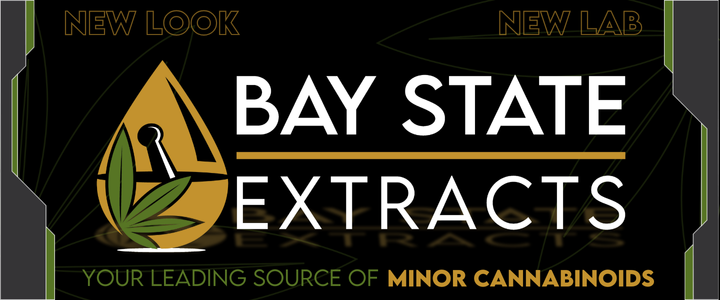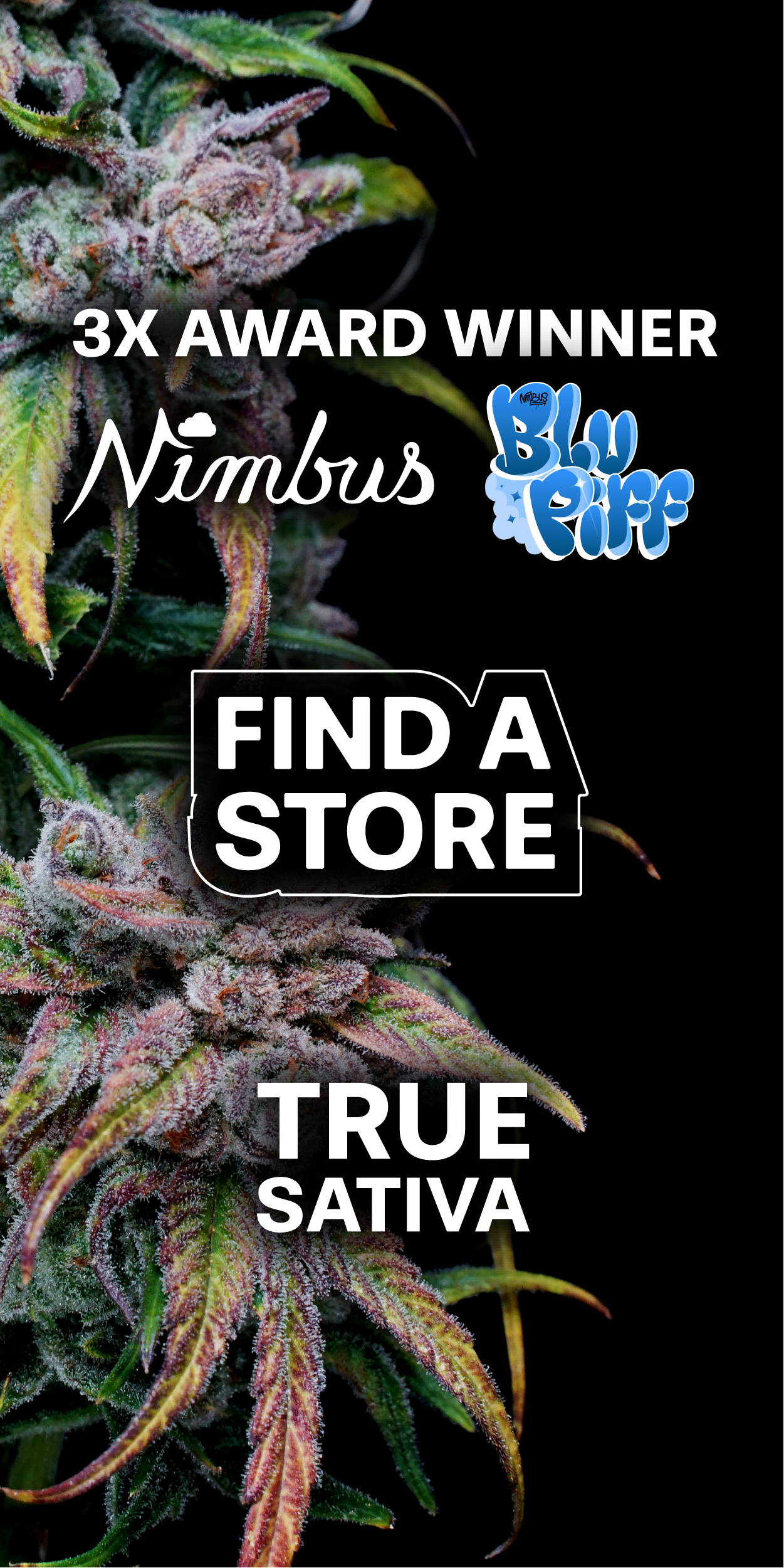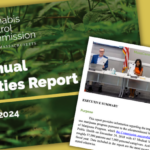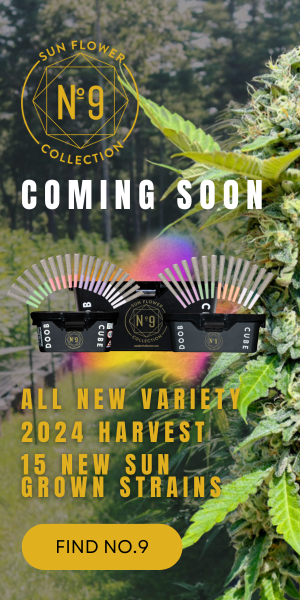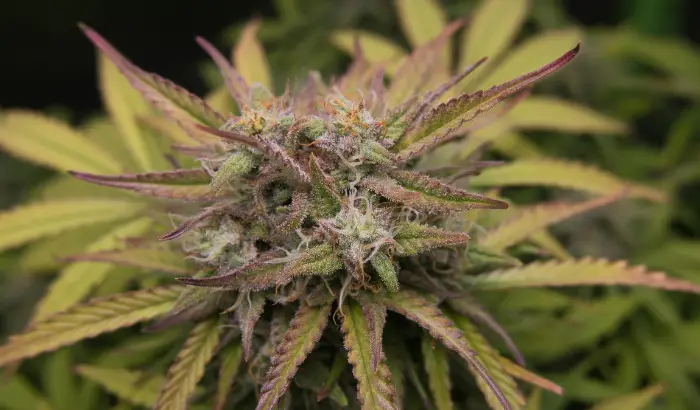
Fruity aromas win out in the flavor and aroma category, and citrus-scented weed polls pretty highly as well
Here’s what’s up: Rescheduling seems imminent, adult-use referendums are on the ballot in several states, and the support the Biden Administration is showing for pro-cannabis policy is going to intensify in the run-up to November’s election.
This is all great. Acceptance of cannabis use has never been greater, and most Americans now live in states where recreational use is legal. However, despite the progress, cannabis businesses still operate in a legal and regulatory limbo. Weed remains illegal at the federal level, and there is currently no pressure campaign underway serious enough to cause Congress to amend the Controlled Substances Act or cause regulators to remove cannabis from the drug schedule entirely.
All of this causes a lot of obvious problems for businesses. Law-abiding, taxpaying cannabis companies that employ many thousands of people can’t operate in an ordinary way, limiting their ability to provide customers with the products, services, and reliable information they need. They can’t advertise on most digital platforms. They can’t legally sell to out-of-state customers. The institutional capital necessary to achieve scale isn’t readily available to them.
Perhaps the one thing operators can do from a marketing standpoint is maintain an exacting understanding of the cannabis consumer. And this is exactly how many of them are getting by right now.
In April, it was reported that cannabis strains that have a high concentration of a citrus-smelling terpene called d-limonene could help some users avoid anxious reactions and thus benefit more from marijuana’s therapeutic potential. Assuming d-limonene does in fact have unique anxiety-reducing properties, a conventional marketing approach would seek to create some kind of linkage between citrus-smelling weed and anxiety reduction to maximize the customer experience. While operators don’t generally market to consumers in this granular of a way right now, we believe they will eventually.
So, when the team at NuggMD, the cannabis telehealth platform I work for, read the limonene news, we decided to dig into the preferences consumers look for at the point of sale. Our poll on the strain preferences of cannabis consumers, which we released recently, had 6,550 participants. As a randomized representative sample of the 35m Americans who use cannabis frequently, it achieves a margin of error of +/-1.2%. The data is solid.
It’s also quite revealing. One unexpected takeaway has to do with the flavors and aromas consumers prefer.

Fruity aromas win out in the flavor and aroma category, and citrus-scented weed polls pretty highly as well—which, given the limonene study, seems to be great news for the 41% of respondents who use cannabis for anxiety and stress reduction.
But it’s worth mentioning that only one in ten respondents prefer diesel. Anecdotally, most of the cannabis connoisseurs I run across get most excited by gas. It reminds me of the liquor market, where there’s so much space between what consumers buy and what connoisseurs prefer that, when a sought-after whisky award went to a cheap, accessible product back in 2017, the industry’s tastemakers got big mad about it.
If this comparison holds any water, then data like what we’ve put out there should be useful to operators. The awards, recognitions, and rankings of strains are all great—they get people talking, and they frame cannabis as the consumer product that it is for more than half of all U.S. adults. But operators should not conflate those well-earned distinctions with data on consumer preference.
Our poll also found that more cannabis users are chasing relaxation than euphoria. In fact, more than four in ten cannabis consumers use it out of a desire to relax or feel uplifted. By contrast, using cannabis as a sleep aid polls very low, which suggests that indica and indica-dominant strains may all need a good, old-fashioned rebrand. Many of those newer to cannabis believe indica (“in da couch”) equals sleep, and if that remains the expectation, then their experience won’t be as positive as it could be.

Since the onset of the Covid-19 pandemic, people have become much more stressed out and anxious than previous generations, and I don’t think it’s a coincidence to see everyday Americans doing whatever they can to manage it all. Our polling data suggests that, on net, Americans are using cannabis to mentally and emotionally handle the world around them, not to escape from it.
Deb Tharp is head of legal and policy research at NuggMD, the largest telehealth platform for cannabis.


